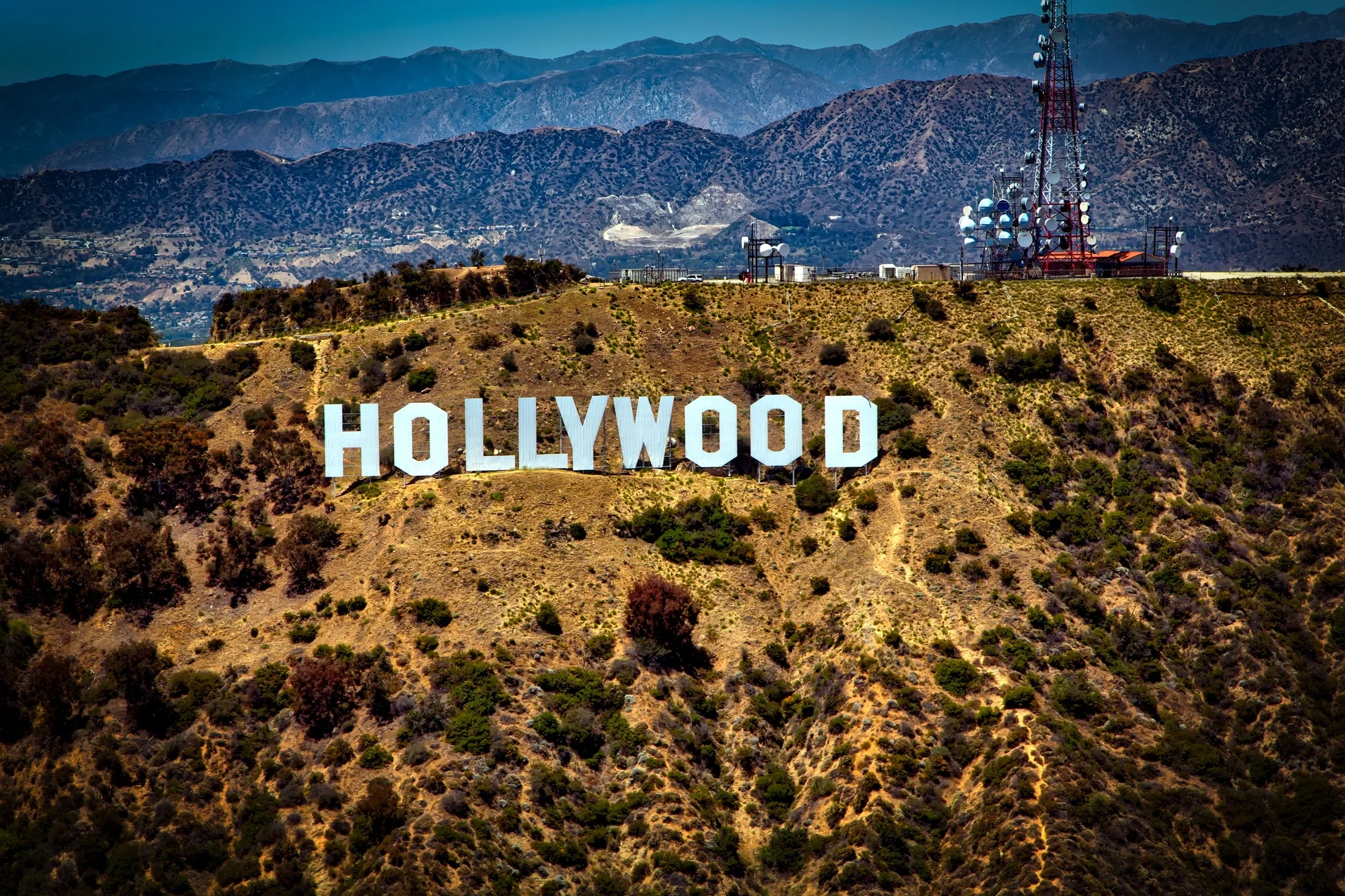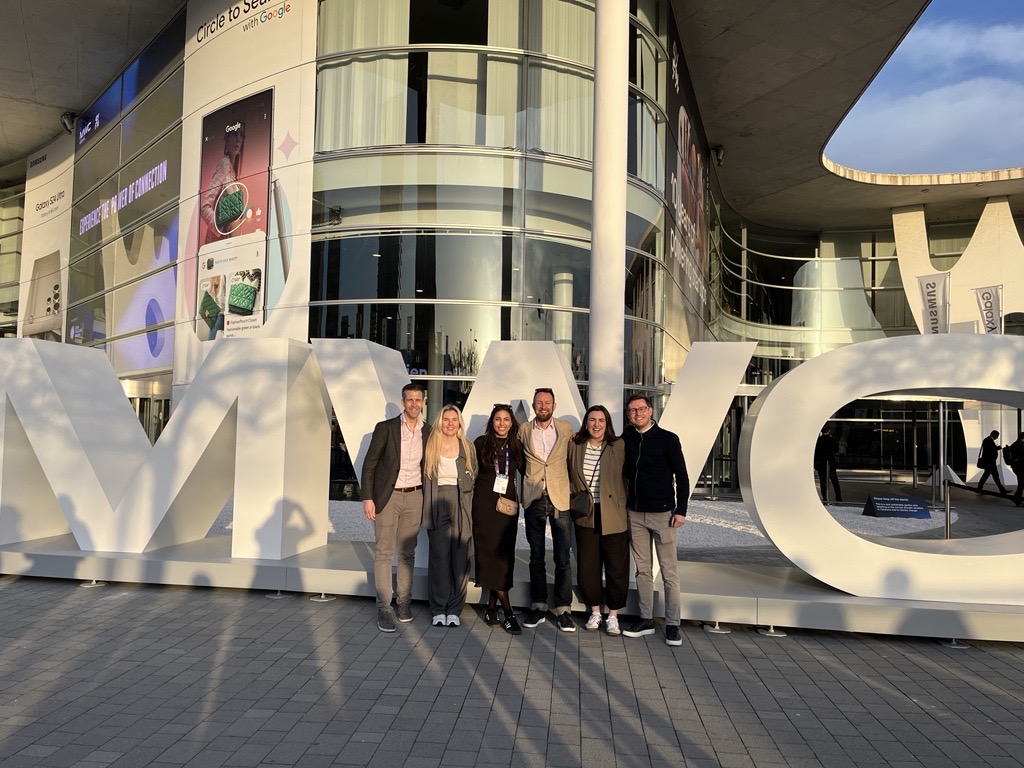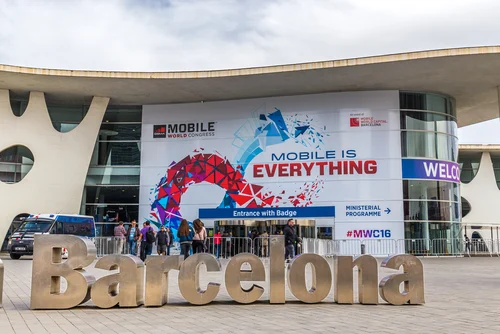This was largely due to ongoing renovations to the Moscone Center in San Francisco (it was a building site last year). But then I have also seen that the GSMA has confirmed that Los Angeles will continue to host the event for a further two years and move it back to October. Personally, I feel that Los Angeles is better set up to host the show.
Yes, San Francisco benefits from trendy techies on every corner, but Los Angeles has incredible scale and infrastructure – and this infrastructure is growing all the time (I counted at least two new giant hotel developments being progressed opposite the LA convention centre). A close source told me that by the time the show takes place next year, they’ll be more than 6,500 hotel rooms within a 10-minute walk of the venue. We know the benefits of getting used to a venue and returning to it year after year. Just look at the routines we all follow in Barcelona (good and bad). They have become second nature (especially the bad ones) – but think of it in terms of the value of familiarity for the organisers themselves – finding a venue for the longer term is extremely important.
So how was it? Well, it would have been better had Apple not decided to upstage the GSMA and hold its iPhone launches on the opening day. I’m sure Mr. Hoffman was thrilled with that one… It certainly had an impact as far as attending media was concerned. A number of business journalists and at least one high profile speaker were re-directed in Tim Cook’s direction. Given that many of these journalists were due to meet our clients, I simply sighed to myself and clutched my brand-new Samsung Galaxy S9 for comfort (in your face, Apple) and got to work on re-scheduling.
Other than that, learning a new venue brought its challenges. The LA convention centre is vast. It therefore feels more spread out. In many ways having more space is great (especially if you’re looking to monetise it), but it also makes everything feel less busy. Looking at yesterday’s press release from the GSMA, attendance was around the 22,000 mark. This is pretty much the same as last year, If I recall. Is this a step backwards? Well, no, it’s a step sideways. But the San Francisco show benefitted from a lot of visitors literally dropping by to catch a quick glimpse during lunch hours before disappearing back to work – hardly ‘quality delegates.’
Most clients had a fantastic show experience – plenty of meetings, plenty of great conversations. Not much in the way of passing footfall – although I did notice some. In fact I was directly involved in some (the good old PR-inspired Q&A came in handy). It seems the companies that did most of their work in advance to secure meetings had the better show experience. Hasn’t this always been the way? Failing to prepare is preparing to fail and all that? Quite a few clients came to the show with very specific and focused agendas and left happy.
Given the size and unfamiliarity with the venue, signposting could have been better. The running joke from the show floor was the mapping in the Show Dailies – the diagrams and text showing the layout of the halls was so small that you needed a microscope to read them effectively. The two halls were some distance apart – given the scale of Los Angeles, the surrounding hotels weren’t quite as close as the maps suggested either. But my basis for comparison is London, the very living definition of the term ‘densification’ – hardly fair.
The content was excellent, and the conference sessions were, in the main, very well attended. I sat in roughly ten sessions (including two keynotes) – at least four of the conference sessions were standing room only and one of the keynotes was delayed because the crowds couldn’t get in fast enough. That was the keynote that featured one of my clients. Just sayin’…
I was amazed at how many conference tracks/sessions/summits were actually available – a feast of mobile industry insight. There were easily as many sessions as are available in Barcelona – the only difference being the team delivering the conference was half the size of the Barcelona team. No wonder they looked so tired… Kudos…
The Women4Tech Summit goes from strength to strength. 5G, IoT (smart cities in particular) and AI were well-discussed. Turns out nobody is quite sure who is going to pay for 5G, most are still a little fuzzy on what it’s for, but then we all agree it’ll be transformational. That’s a relief. There is much more meat on the IoT bones than last year – much more focus on what the industry is now doing, versus what might be possible. In fact, AI is the new IoT from a ‘what might be possible’ perspective.
So, there you go. From an overall event experience, I give it an 8 out of ten. Better signposting, a little less Apple-based interference and more footfall and the event could squeak a nine next year. Can’t help but think the decision to move it out to October next year is an attempt to deal with at least one of these head on.
The learning curve continues…
















